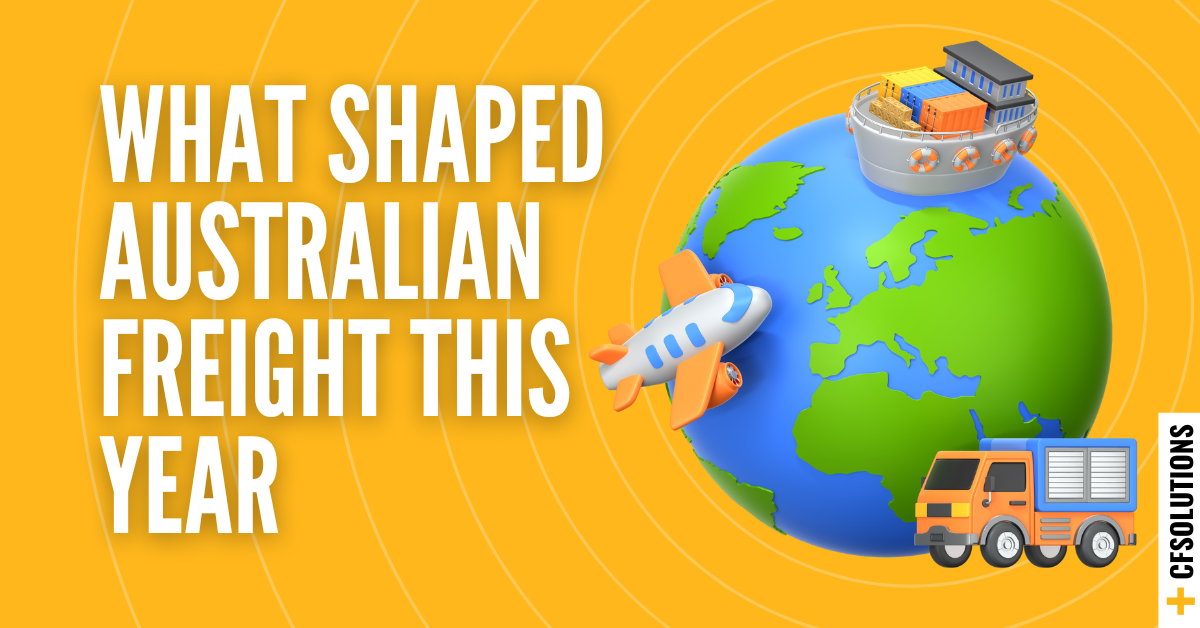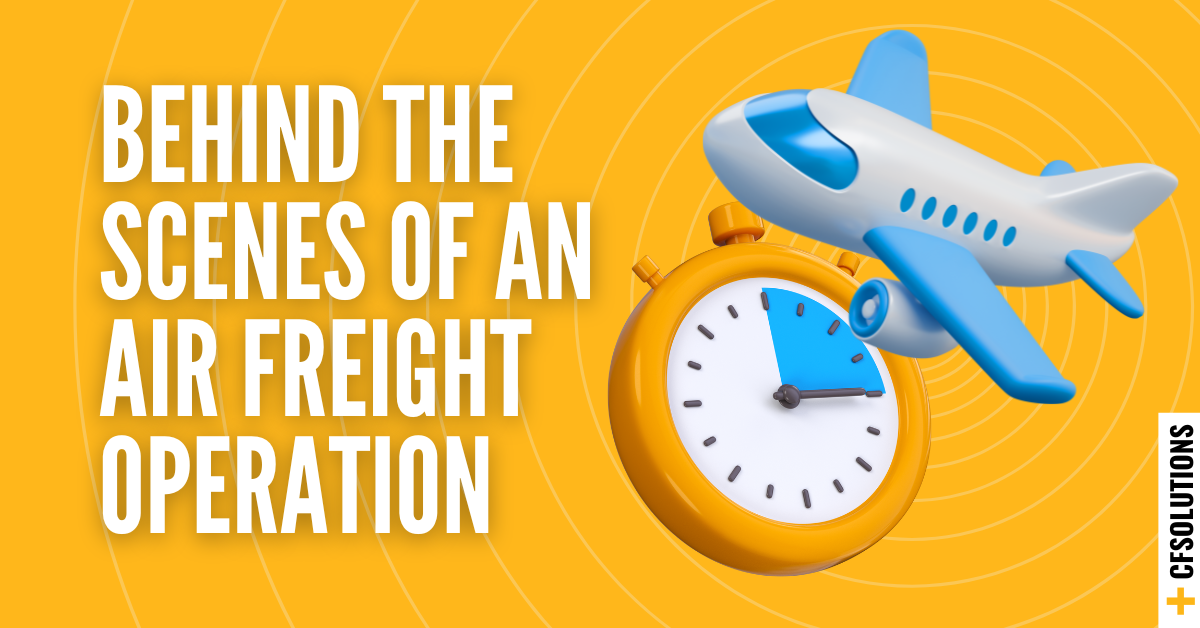-1.png)
Air cargo freight plays a critical role in Australia’s logistics network. While not always the first choice, it is often the most reliable option when timing, security, or distance is a top priority.
Whether you're managing urgent shipments between states or looking to integrate air services into your broader freight strategy, understanding how air cargo works can help you make more confident, cost-effective decisions.
This guide outlines what you need to know about using air cargo freight as part of your business logistics, and how to approach it strategically.
When Air Cargo Freight Makes Sense
Air cargo is best suited to shipments where timing and reliability matter most. Common use cases include:
-
Urgent freight (e.g. production-critical items, event-related goods)
-
Goods with short shelf life or temperature sensitivity
-
Remote area deliveries where road freight isn’t feasible
-
Lightweight or high-value cargo that requires secure, rapid movement
Businesses often use air cargo as part of a broader multi-modal strategy, relying on air for the time-critical legs of a journey, while balancing cost elsewhere.
Key Considerations Before Booking Air Cargo Freight
Before you engage air cargo services, it's important to understand the specific requirements and limitations. These can vary by carrier, airport, and freight type. Here are a few things to consider:
- Cut-off times and schedules: Air freight works to fixed windows, so planning is essential.
- Weight and dimensions: Each aircraft has different capacity limits; oversized freight may need special approval.
- Dangerous goods: Not all items can be transported by air without classification and proper packaging.
- Packaging and labelling: Cargo must be clearly labelled and secured for air transit conditions.
- Origin and destination access: Is your cargo going to/from an airport, or does it need first/last mile support?
- Security screening: Shipments may require screening or compliance with additional documentation.
Tips to Streamline Your Air Cargo Freight Process
Implementing a few targeted strategies can significantly enhance your air cargo outcomes. Each proactive step contributes to greater consistency and reliability across your freight operations.
-
Consolidate where possible: Group small items to optimise cost per shipment.
-
Work with clear timeframes: Assess your priorities by identifying time-sensitive shipments ahead of time.
-
Use air strategically: Reserve air freight for shipments where speed adds value.
-
Stay flexible: Having backup options (such as alternate airports or service classes) improves reliability.
-
Communicate clearly: Accurate consignment information and contact details reduce handling delays.
How Air Cargo Freight Supports Broader Supply Chain Goals
Air cargo freight delivers more than speed, it empowers businesses to maintain operational agility and mitigate risk. Leveraging air services gives your supply chain the flexibility to adapt when schedules shift or inventory gaps arise.
-
Maintain service levels during disruptions or peak periods
-
Avoid production delays by fast-tracking critical components
-
Reduce downtime in supply-sensitive industries
-
Reach distant or hard-to-serve areas with more certainty
Air cargo freight is a powerful tool when used intentionally. By understanding how it fits into your supply chain, and preparing for its specific requirements, you can make the most of what it offers; speed, reliability, and reach.
At Customised Freight Solutions, we help businesses navigate their time-critical and high-value freight movements with care and precision. If you’re planning a shipment or exploring ways to introduce air cargo freight into your logistics model, we’re here to offer advice that aligns with your business goals. Get in touch with our team or read about Air Freight Solutions for your business.
Subscribe to our Newsletter or Follow Our Socials
Related Posts
- by Customised Freight Solutions
- 0 Comments
Freight Wrap-Up 2025: What Shaped Australian Freight This Year
The past twelve months have continued to reshape how Australian ...
Read More- by Customised Freight Solutions
- 0 Comments
Behind the Scenes of an Air Freight Operation
Air freight is one of the most dynamic parts of Australia’s logistics ...
Read More- by Customised Freight Solutions
- 0 Comments
Planning Your Freight Leading into Christmas and Understanding Carrier Cut-Offs
The Christmas period is one of the most exciting times of the year ...
Read More



